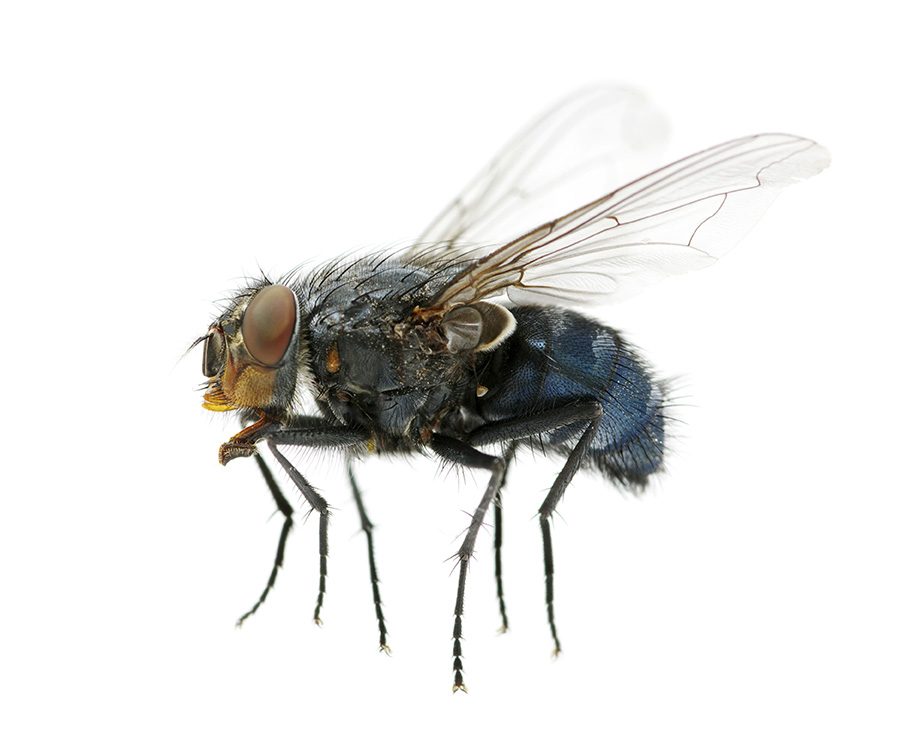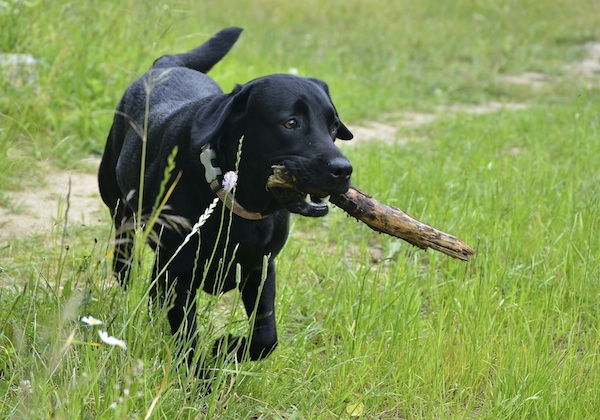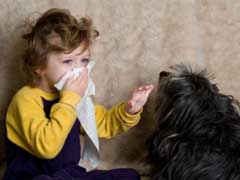There is an old saying among dog breeders that "nature makes the pup, but man makes the dog." This is true to an extent, but as breeding becomes more scientific, the part which man plays in making the pup is increasing.
It is often said that the bitch should be left to have her puppies by herself unless she gets into difficulties, but I advise against this procedure. Unless you are on the spot you will not know whether she is in trouble or not, and when you find out it may be too late. I never leave a bitch alone at whelping, and I have never lost a puppy at birth.
However, a line must be drawn between assisting the bitch and interfering with her, and you must know what you can and cannot do as a breeder. Never lose sight of the fact that you are not a veterinarian. Your part is to be able to assist the bitch, and at the same time note symptoms which would indicate the necessity of expert help.
If the bitch is in trouble, do not put off calling the veterinarian. Sometimes the only answer to these difficulties is to be found in a Caesarean operation. This is not dangerous to the bitch, but it must be carried out by one who understands surgery. Most bitches properly operated upon suffer no after-effects, and the puppies can nurse within a few hours of the time the incision is sutured.
The first sign of approaching labor is usually restlessness. The bitch will jump in and out of the box, digging at the flooring and tearing anything to shreds which may be lying around. This may go on for several hours before labor really begins. If she is a house pet, she will whimper and try to draw your sympathy, while all the time she gets more and more restless. Labor does not actually begin until the bitch commences straining, trying to bring the puppies. The first pup should arrive within two hours or so after she starts this, unless something is wrong.
During this time I make my preparations, for I know that I have a vigil ahead of me, and it is frequently an all-night vigil. Several rough towels are ready to hand, also some artery forceps, sutures, and surgical scissors. For my own comfort I have a pot of coffee on the kitchen stove, and for the comfort of the new arrivals there is a box with a hot-water bottle wrapped in some old blankets.
As the time of delivery draws close, the labor pains will become more frequent and more violent. The bitch will become more restless, and her digging at the floor may become almost frantic. Then she will squat, as though trying to have a bowel movement. Keep close watch over her now, for birth sometimes takes place very quickly.
After the cord is cut, the puppy is laid on a soft, rough-surfaced towel and rubbed vigorously but gently, to dry it off. This will usually cause it to commence squirming, if it is not doing so when picked up. However, there are instances when the puppy appears to be dead. When this happens, lay him flat on your palm and close your fingers around him.
Gently squeeze, to remove air and mucus from the thorax and throat, and then quickly release the pressure. Repeat this measure, timing the pressure with the normal breathing of a puppy until the little fellow either shows signs of life or it becomes apparent that he is beyond recall.
When cutting the cord, be sure that the cut is about an inch from the belly of the puppy. Should it be necessary to tie off the cord, the type of suture used is not of much consequence. Either gut or silk will do equally well, or linen thread may be used. These sutures do not need to be removed.
This is an abbreviated guide to whelping, but if the preceding ideas are followed, success be the result and your own experience will soon fill in the gaps!

 The Car Ride Home
The Car Ride Home
The Car Ride Home
The Car Ride Home
 Protect Your Dog From These Hidden Hot
Summer means ice cream, hikes in th
Protect Your Dog From These Hidden Hot
Summer means ice cream, hikes in th
 Diabetes in Dogs: Symptoms, Causes, Diagnosis, & Treatment
Diabetes is a chronic disease that
Diabetes in Dogs: Symptoms, Causes, Diagnosis, & Treatment
Diabetes is a chronic disease that
 Dog Bad Breath Causes and Remedies
The Ca
Dog Bad Breath Causes and Remedies
The Ca
 What To Do If Your Dog Ate Chocolate
Chocolate is toxic to dogs and depe
What To Do If Your Dog Ate Chocolate
Chocolate is toxic to dogs and depe